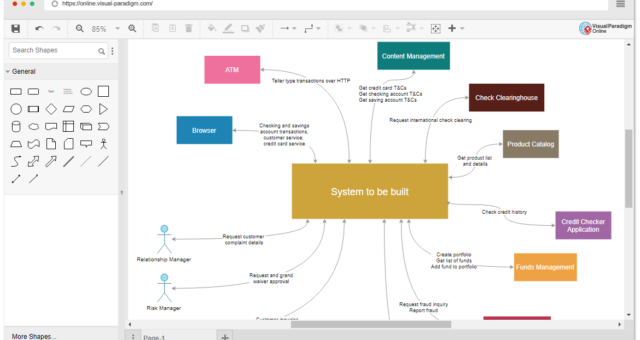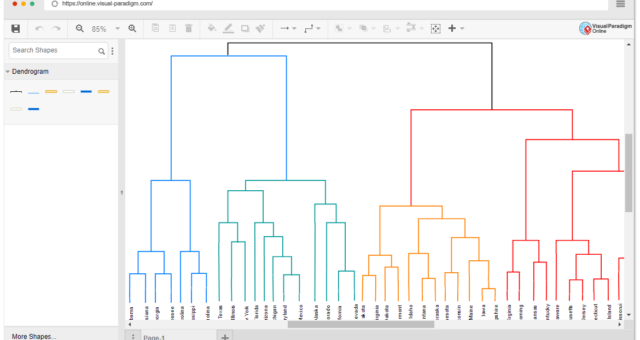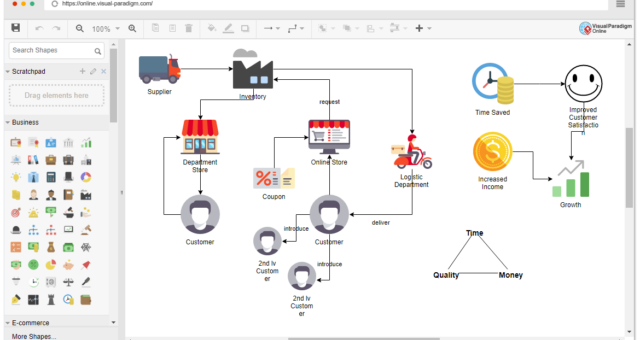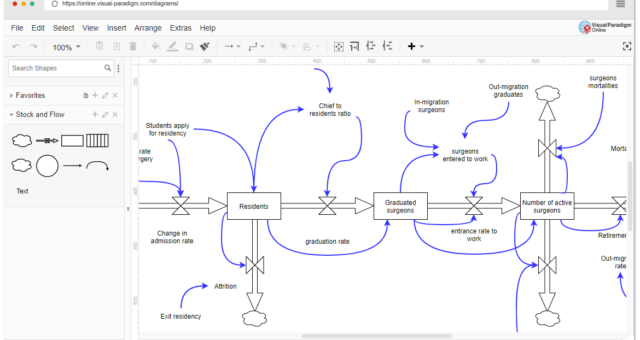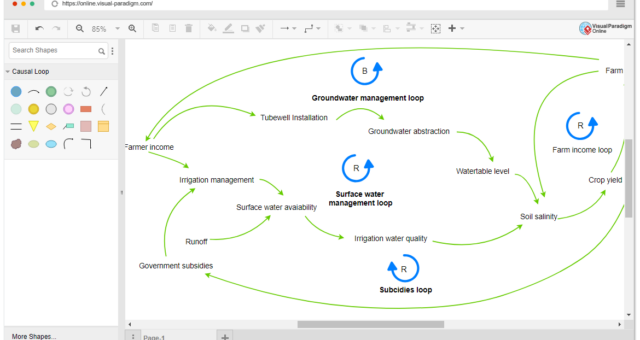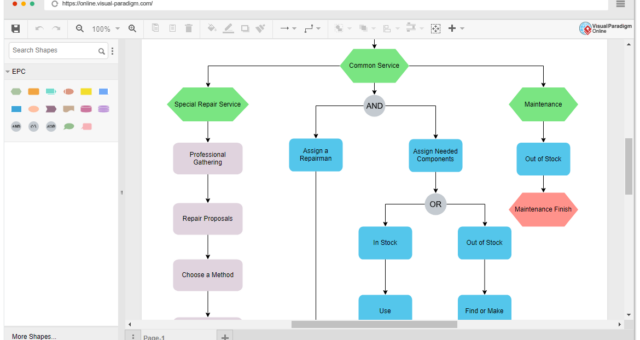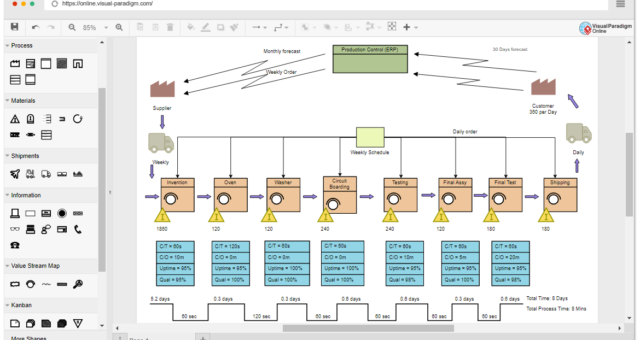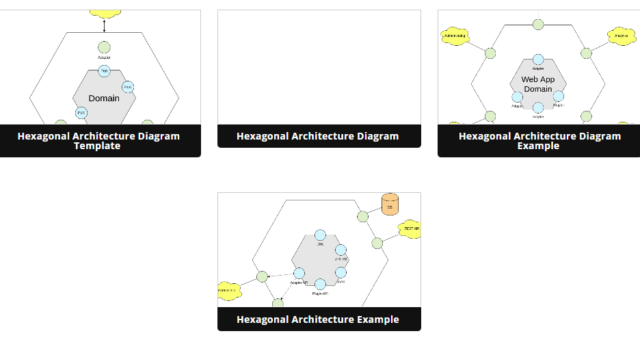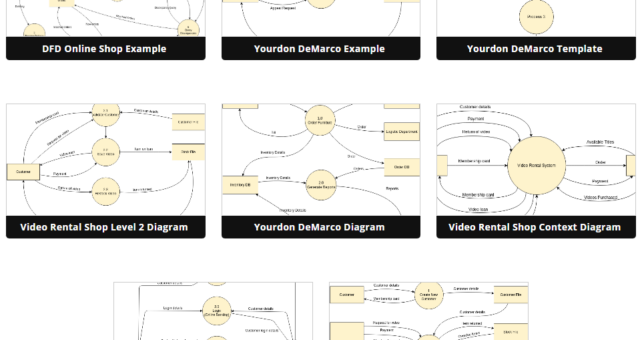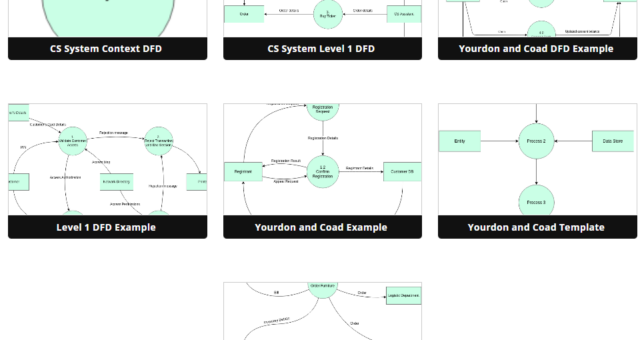Comprehensive Guide to System Context Diagrams
Introduction A System Context Diagram (SCD), also known as a Context Diagram, is a fundamental tool in systems engineering and software development that helps visualize the relationships between a system and its external entities or stakeholders. It provides a high-level view of a system's boundaries, showing what interacts with the system and what lies outside of it. This comprehensive guide will explain the purpose, key concepts, and elements of a System Context Diagram and provide examples using pre-made templates available in Visual Paradigm Online. Purpose of System Context Diagram The primary purpose of…continue reading →

